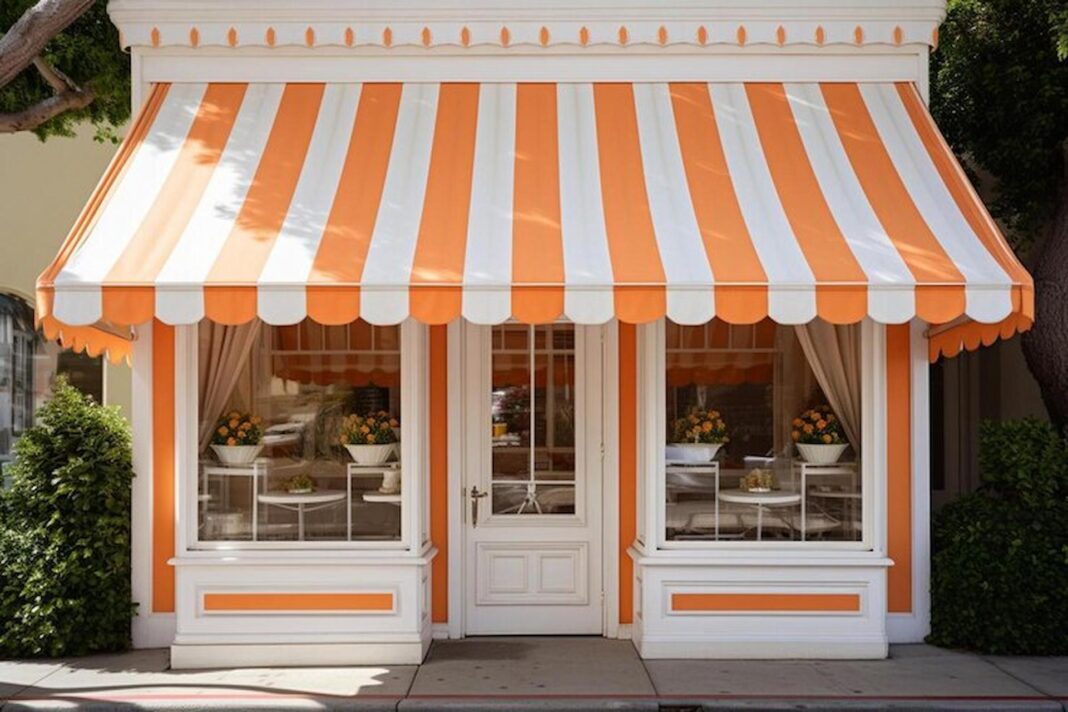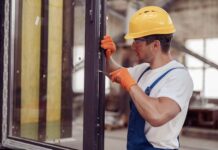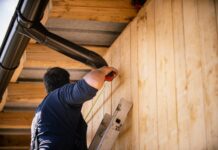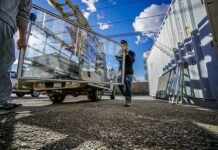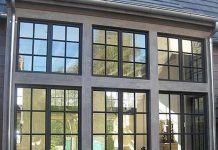House awnings from Regal Awnings are not just functional additions to your home but enhance its aesthetic appeal and provide valuable shade during hot days. However, like any outdoor feature, awnings require regular maintenance to remain clean and fully functional. Neglecting maintenance can lead to mould growth, fabric deterioration, and mechanical failures. This guide explores essential tips for maintaining your house awning to keep it in top condition for years.
Regular Cleaning
Regular cleaning is crucial for preserving the appearance and longevity of your house awning. Here’s how to do it effectively:
- Gentle Cleaning Solution: Mix a mild detergent or soap with water to create a gentle cleaning solution. Avoid harsh chemicals or abrasive cleaners that could damage the fabric or frame.
- Soft Brushing: Use a soft-bristled brush to scrub the awning fabric gently. Start from the top and work your way down to remove dirt, dust, and debris. Be thorough but gentle to avoid tearing or stretching the fabric.
- Rinsing: After scrubbing, thoroughly rinse the awning with a hose to remove any remaining soap residue. Ensure that all soap is washed away to prevent staining or discolouration.
Protecting from the Elements
House awnings from Regal Awnings are exposed to various weather conditions throughout the year, affecting their durability. Consider these measures to protect your awning:
- Retracting in Inclement Weather: Retract your awning during severe weather conditions such as heavy rain, strong winds, or snowfall to prevent damage. Most modern awnings have sensors or manual controls for easy retraction.
- Applying Fabric Sealant: A fabric sealant or waterproofing spray protects the awning fabric from moisture, UV rays, and mildew. Please adhere to the manufacturer’s guidelines regarding the correct application method and recommended intervals for reapplication.
- Trimming Overhanging Branches: Trim any overhanging branches that could scrape against or damage the awning fabric. This proactive measure helps prevent tears and prolongs the awning’s lifespan.
Inspecting for Damage
Regular inspections enable the proactive identification and resolution of potential issues before escalating. Here’s what to look for:
- Tears or Rips: Check the fabric for any tears or rips, especially along seams or edges. Promptly repair any damage using a patch kit or seek professional assistance.
- Mechanical Components: Inspect the frame, arms, and motor (if applicable) for signs of wear or damage. Lubricate moving parts as recommended by the manufacturer to ensure smooth operation.
- Mould and Mildew: Look for signs of mould or mildew growth, particularly in areas prone to moisture buildup. Clean any affected areas promptly using water, vinegar, or a commercial mould cleaner.
Professional Maintenance
While regular cleaning and inspections are essential, some tasks are best for professionals. Consider scheduling professional maintenance services for your house awning, including:
- Annual Tune-Up: Hire a professional awning service provider to perform a yearly tune-up, which may include lubricating moving parts, tightening bolts, and adjusting tension settings.
- Fabric Treatment: Professional cleaning and fabric treatment services can help remove stubborn stains, revitalise the fabric, and extend its lifespan. Schedule these services as needed, especially for awnings exposed to heavy soiling or pollution.
Seasonal Storage
If you live in an area with harsh winters or extreme weather conditions, consider seasonal storage for your house awnings from Regal Awnings:
- Winter Storage: Before the onset of winter, consider removing and storing your awning to protect it from snow, ice, and freezing temperatures. Most awnings are designed for easy removal and reinstallation, allowing you to store them in a garage, shed, or other protected area.
- Covering: If removing the awning is not feasible, consider covering it with a protective tarp or awning cover during winter. This extra layer of protection helps shield the fabric and frame from snow accumulation and ice formation.
- Proper Folding: When storing or covering the awning, ensure that it is adequately folded or rolled to prevent creases and damage to the fabric. Follow the manufacturer’s instructions for folding or rolling techniques to avoid unnecessary stress on the material.
Addressing Fabric Stains
Over time, your house awnings may accumulate stains from various sources, such as bird droppings, tree sap, or food spills. Here’s how to effectively address fabric stains:
- Prompt Cleaning: Deal with stains as soon as possible to prevent them from setting into the fabric. Blot the affected area with a clean cloth or sponge to absorb as much of the stain as possible before cleaning.
- Stain Removal Solutions: Depending on the type of stain, you can use different stain removal solutions. For example, mild detergent or soap mixed with water works well for general stains, while specialised stain removers may be necessary for tougher stains like grease or oil.
- Spot Testing: Before applying any cleaning solution to the entire stained area, perform a spot test on a small, inconspicuous area of the fabric to ensure it doesn’t cause discolouration or damage.
- Gentle Scrubbing: Use a soft-bristled brush or sponge to scrub the stained area with the cleaning solution gently. Avoid scrubbing too vigorously, which could damage the fabric fibres or spread the stain further.
- Rinsing and Drying: After treating the stain, rinse the area thoroughly with clean water to remove any residue from the cleaning solution. Allow the fabric to air dry completely before retracting the awning to prevent mould or mildew growth.
Conclusion
Maintaining your house awning from Regal Awnings is essential for preserving its beauty, functionality, and longevity. By following these tips for regular cleaning, inspections, weather protection, and professional maintenance, you can ensure that your awning remains a valuable addition to your home for years. Remember that proper maintenance not only enhances the appearance of your awning but also protects your investment in outdoor comfort and style.
